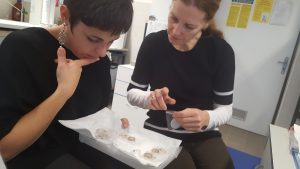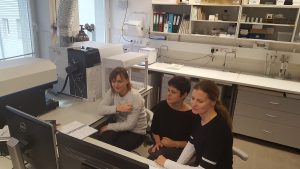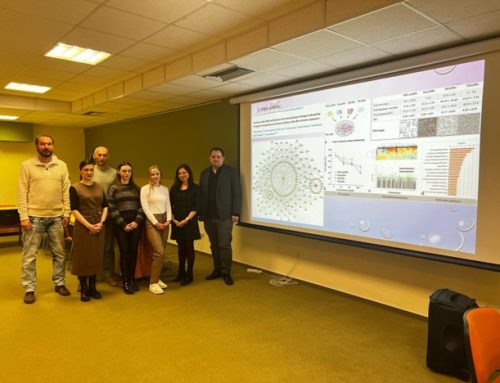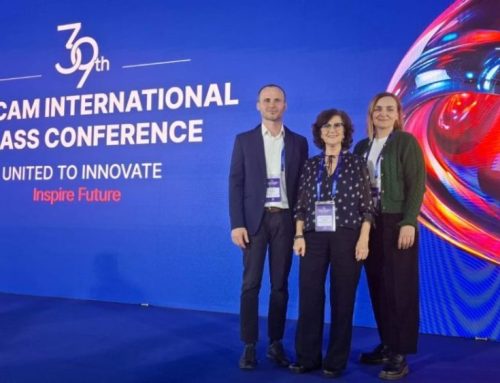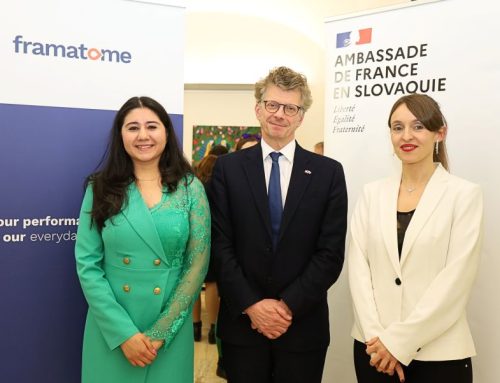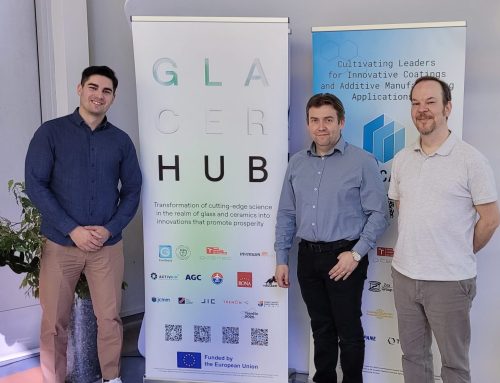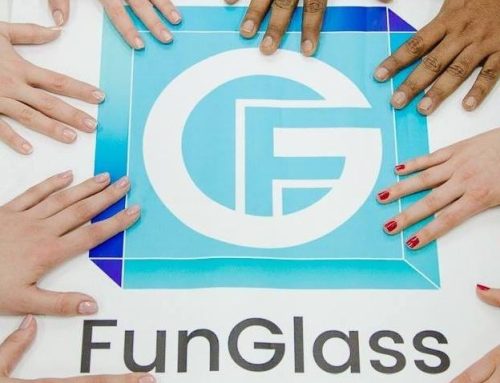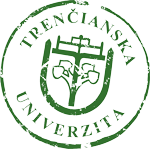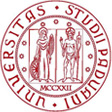PhD student from University of Bologna at FunGlass
Sara Fiorentino stayed at FunGlass from the 13th to 24th of November based on mutual collaboration of Dr. Dagmar Galuskova with Prof. Mariangela Vandini focusing on archaeometric study of ancient glass. Laser ablation inductively coupled plasma mass spectrometry currently at FunGlass have been used for the elemental characterization of archaeological glass and Damasco mosaic tesserae.
Sara is PhD student in Cultural Heritage Studies at the University of Bologna (Ravenna campus), she works in the research field of archaeometry (the application of scientific analytical techniques to the study the archaeological materials). Knowledge of the nature of archaeological materials significantly contributes to the investigation of the historical sites themselves, and the raw materials and processing techniques used. This kind of study also helps to identify provenance, production history and techniques, as well as recognizing any parts that have been restored and/or rebuilt.
Her home laboratory is the Conservation Science Laboratory within the Department of Cultural Heritage, carrying out research and investigation in the field of diagnostics of cultural property and its conservation environment (http://www.beniculturali.unibo.it/it/laboratori/english-version).
Among all archaeological materials, Sara’s favourite one is glass. Her research is, indeed, focused on the archaeometric study of ancient glass, with specific reference to mosaic tesserae of the early Islamic period and their actual relation with the Byzantine manufacture technology. As a material, glass is a precious witness of a cultural and technological history started about 3500 years ago. Thanks to synergic approaches based upon archaeology and archaeometry, it is possible to understand the production technology of glass-made artefacts, as well as delineate their trade routes and exchange networks in antiquity.
